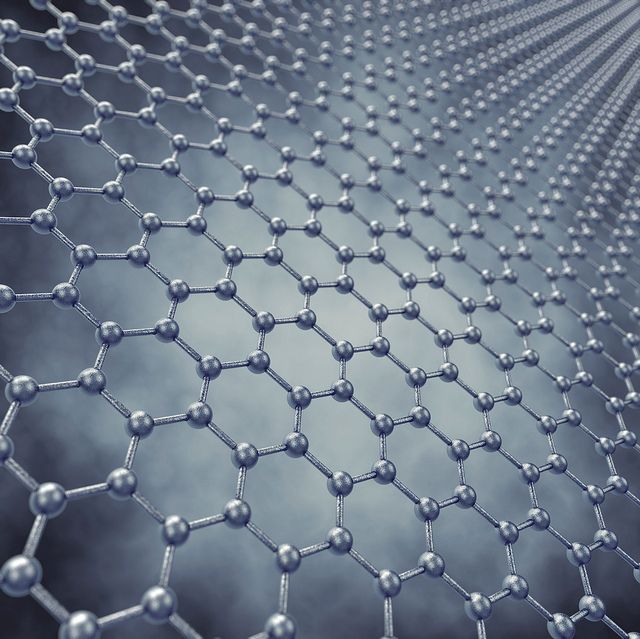Researchers from Utah have figured out how to use lasers to create sci-fi-style holograms inspired by phasers from ‘Star Trek’ and lightsabers from ‘Star Wars.’
Category: weapons – Page 3
Robotic Assistance Devices to Integrate EAGL Gunshot Detection Technology into All Security Devices
HENDERSON, Nev.—(BUSINESS WIRE)—Artificial Intelligence Technology Solutions, Inc. (OTCPK: AITX), today announced that its wholly-owned subsidiary Robotic Assistance Devices (RAD) has entered into an agreement with EAGL Technology, Inc. to offer EAGL’s Gunshot Detection System (GDS) in all present and foreseeable future RAD devices.
“We have been receiving repeated requests that gunshot detection capabilities be built into RAD devices from industries as varied as transit operators, retail property managers, and law enforcement. Integrating EAGL’s technology into RAD’s autonomous response solutions should be well received by all of the markets we serve” Tweet this
EAGL Technology was established in 2015 after acquiring gunshot ballistic science developed by the Department of Energy (DOE) Pacific Northwest National Laboratory (PNNL). EAGL has advanced this technology by creating a state-of-the-art security system. The EAGL product offering utilizes the company’s patented FireFly® Ballistic Sensor technology which RAD will offer, as an integrated option, on all mobile and stationary security solutions. EAGL clients include Honeywell, Johnson Controls, Siemens and many more.

Canadian YouTubers engineer hyper-realistic plasma lightsaber that can cut through steel
Looks like we have a real lightsaber now.
James Hobson’s lightsaber is not a toy.
The YouTuber and his team at Hacksmith Industries in Kitchener, Ont., have created a hyper-realistic, retractable plasma lightsaber that reaches a scorching heat of 2,200 C.
“That’s above the melting point of most metals,” Hobson told As It Happens host Carol Off. “It’s pretty dangerous.”
4000° Lightsaber Test (Cuts Anything!)
Video of them testing their prototype lightsaber.
Get Honey for FREE and start saving money today ► http://joinhoney.com/hacksmith
Thanks Honey for sponsoring this video!
Enter the Giveaway ► https://forms.gle/R3AMYhJHxXLH3QCaA
Buy a piece of history! We’re selling the piece of metal cut by the Plasma lightsaber ► https://www.ebay.ca/itm/224195626117
Watch the test in 360 POV behind the scenes ► https://www.youtube.com/watch?v=V96s9U6V8bw
Become a Hacksmith member get exclusive perks! ► https://www.youtube.com/channel/UCjgpFI5dU-D1-kh9H1muoxQ/join

Future body armor could be two atoms thick
Circa 2018
If you’ve been a grunt, then you probably have a love-hate relationship with body armor. You love having it in a firefight — it can save your life by stopping or slowing bullets and fragments — but you hate how heavy it is — it’s often around 25 pounds for the armor and outer tactical vest (more if you add the plate inserts to stop up to 7.62mm rounds). It’s bulky — and you really can’t move as well in it. In fact, in one firefight, a medic removed his body armor to reach wounded allies, earning a Distinguished Service Cross.
Retractable Plasma Lightsaber Burns at 4,000 °F
;oooo.
YouTuber and engineer, the Hacksmith, has created the world’s first retractable, “plasma-based” lightsaber, and it burns at 4,000 degrees Fahrenheit.

A Wood Product Stronger than Steel that Could Change the World
Circa 2018
Measuring one million times less than the width of a human hair, graphene is harder than diamonds and 200 times stronger than steel. Small, strong, and flexible, it is the most conductive material on earth and has the potential to charge a cell phone in just five seconds or to upload a terabit of data in one. It can be used to filter salt from water, develop bullet-stopping body armor, and create biomicrorobots.
These incredible properties have captured the attention of scientists and industry specialists around the world, all seeking to harness graphene’s potential for applications in electronics, energy, composites and coatings, biomedicine, and other industries.
Derived from graphite, the same graphite used in pencils and many other common use products, graphene is, ironically, one of the most expensive materials on the planet. This is because the process of chemically peeling off, or exfoliating, a single layer of graphene from graphite ore is cost-prohibitive on an industrial scale.

St. George-based inventor goes public with ZHeus 3, a weapon with big implications for police reform
ST. GEORGE — An invention that could lead to the end of gunpowder is not just an idea — it’s already been used in a real-world military mission.
Priced at $1 million, ZHeus 3 is not a gun; it’s a “platform” that has taken Harvester, a St. George-based inventor, 15 years to design. Harvester could not release his full name because he still has a commitment to national security.
The idea for this invention, along with an improved armor, began some 15 years ago when Harvester’s best friend died in his arms after being shot during an Air Force mission. The bullet shot straight through his friend’s bulletproof vest and kept going.
